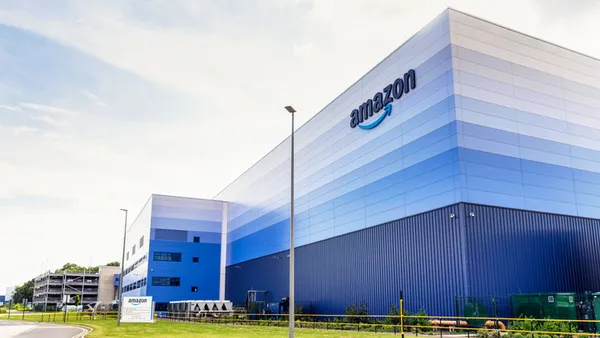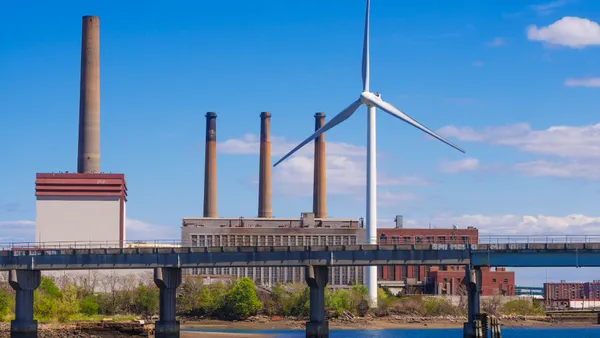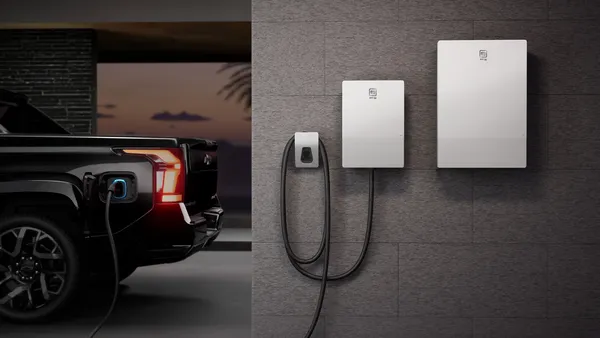Dive Brief:
- Energy companies are urging the state of California to better integrate distributed resources and battery storage, saying saying the technologies will soon become the standard, Greentech Media reports.
- Speaking last week at the "More Than Smart" conference in Sacramento, executives from SolarCity and Nest said the state must do more to recognize the potential of their technologies, which they say can help smooth demand peaks and feed power back into the grid.
- The CTO and co-founder of SolarCity, the largest installer of rooftop photovoltaic systems in the country, said energy storage will come standard with all of its systems by 2020.
Dive Insight:
Green energy companies and consumer preferences have pushed grid capabilities past regulators' and traditional utilities' comfort zone, two companies said at the "More Than Smart" conference hosted last week by the Greentech Leadership Group. But energy storage is becoming standard and the state will need to better integrate the new technologies to fully maximize the clean capabilities inherent in blurring the line between energy consumption and the power grid.
These new technologies are “erasing the line between the grid and customers” said Susan Kennedy, CEO of Advanced Microgrid Solutions, according to Greentech Media.
SolarCity co-founded Peter Rive said its rooftop systems will all have energy storage capable of supplying hours of power by 2020, helping smooth demand peaks and power the grid. And Scott McGaraghan, director of business development for Nest Labs, explained how his company is using its smart thermostats to help provide demand response programs to utilities.
California, while leading in a number of energy initiatives, has lagged behind other states in integrating demand response technologies. Gov. Jerry Brown (D) signed legislation last month that supporters hope will help the state take better advantage of DR resources.















